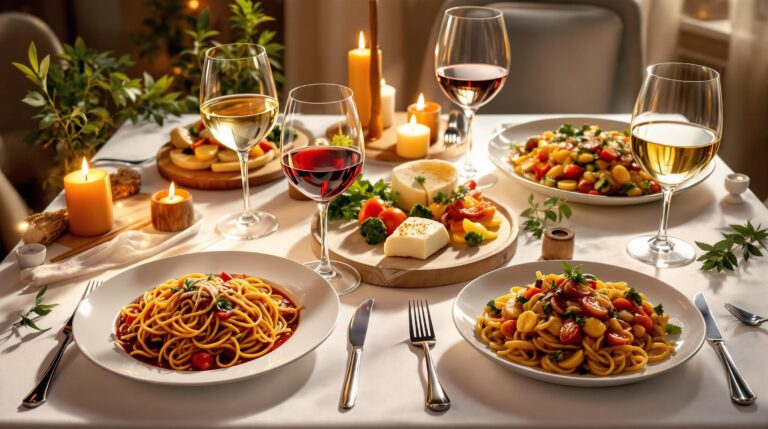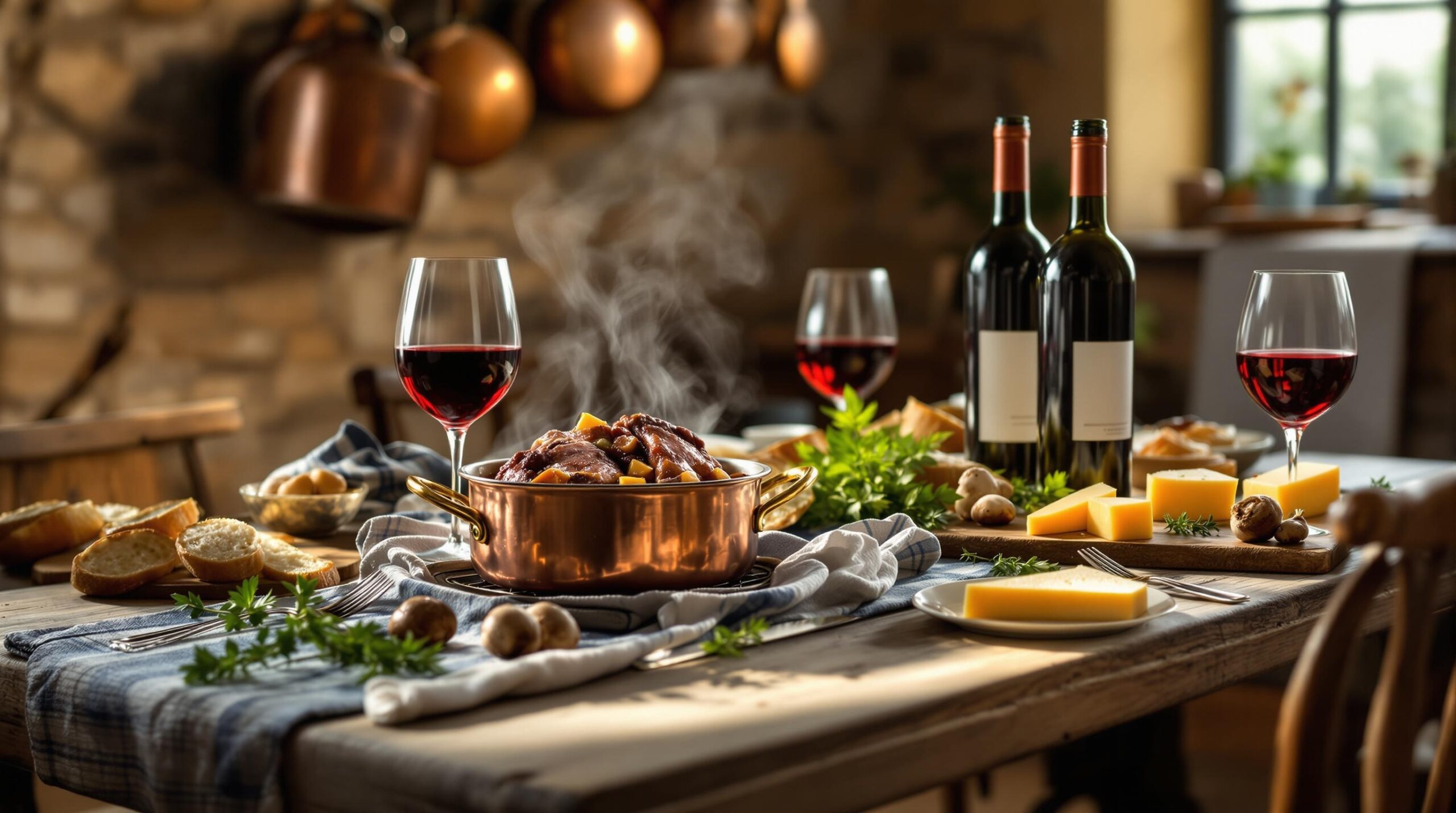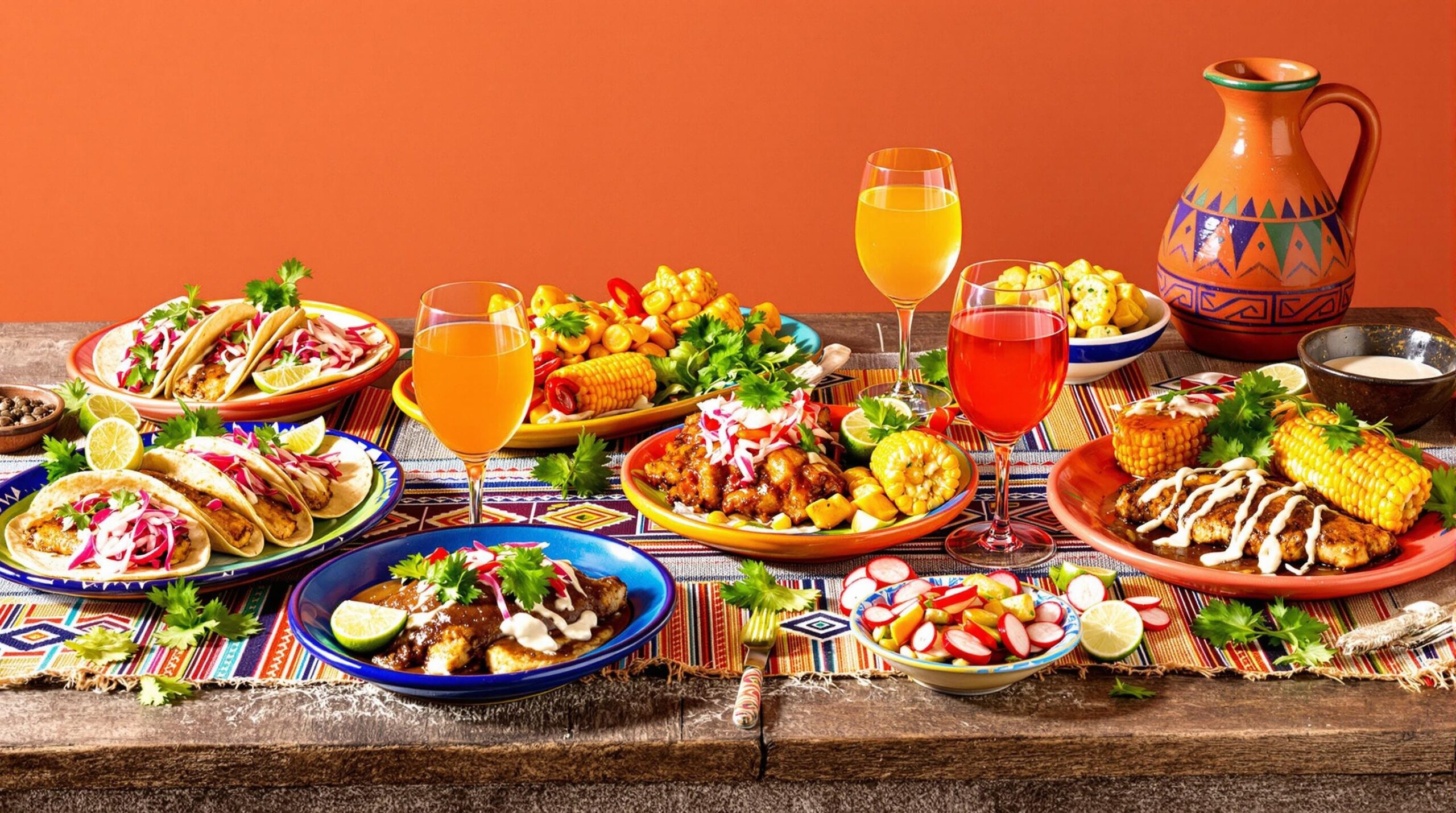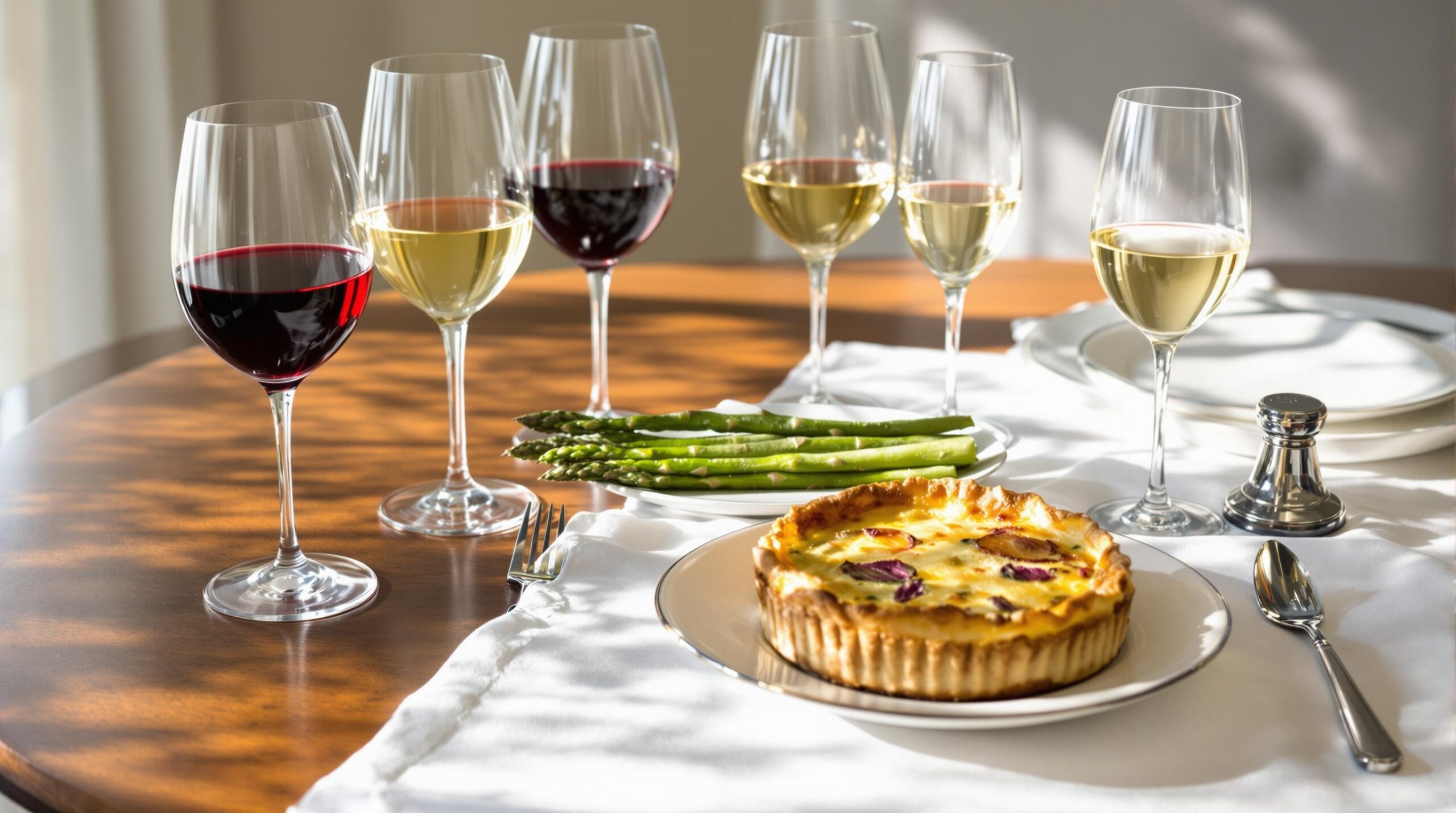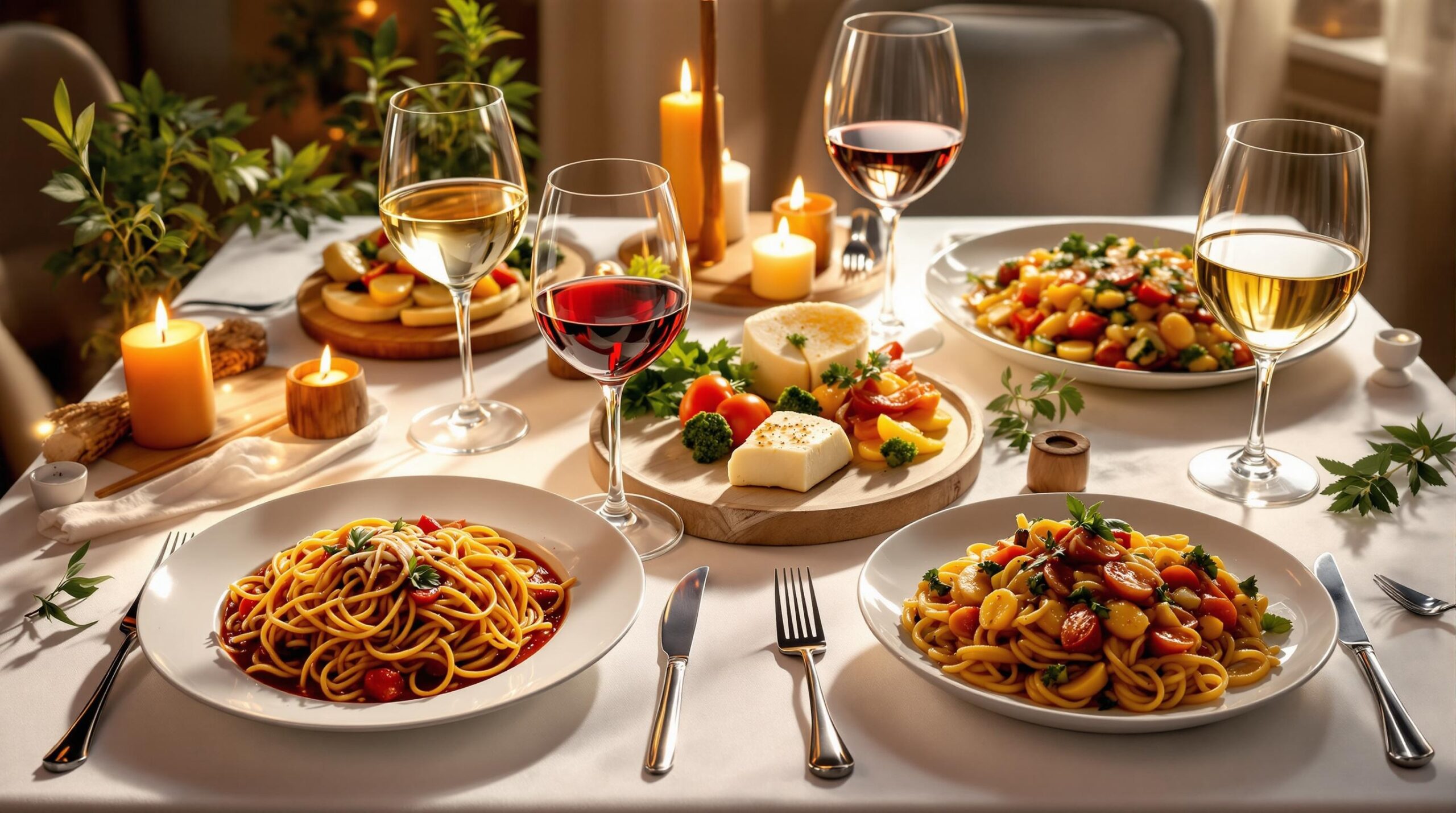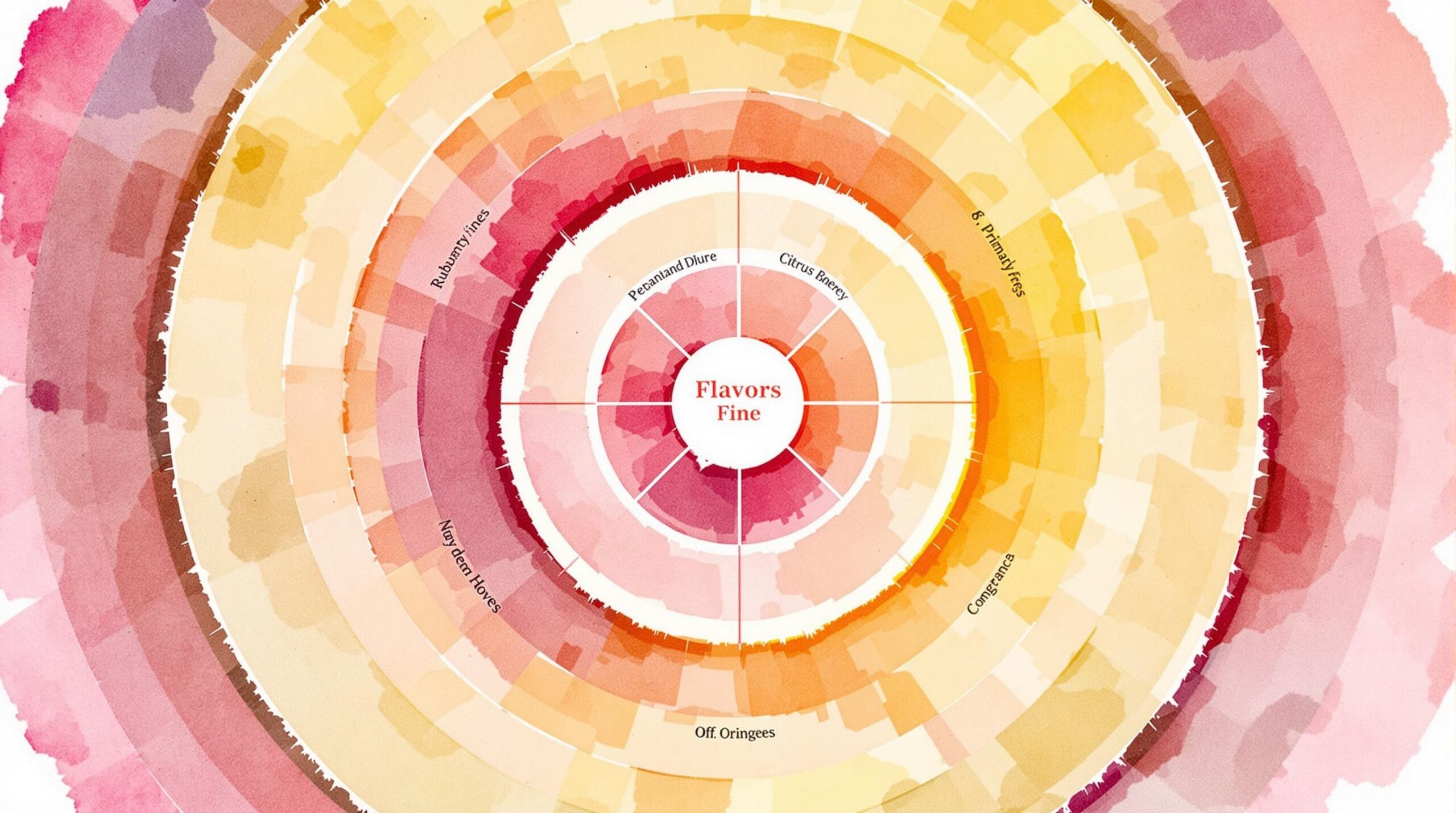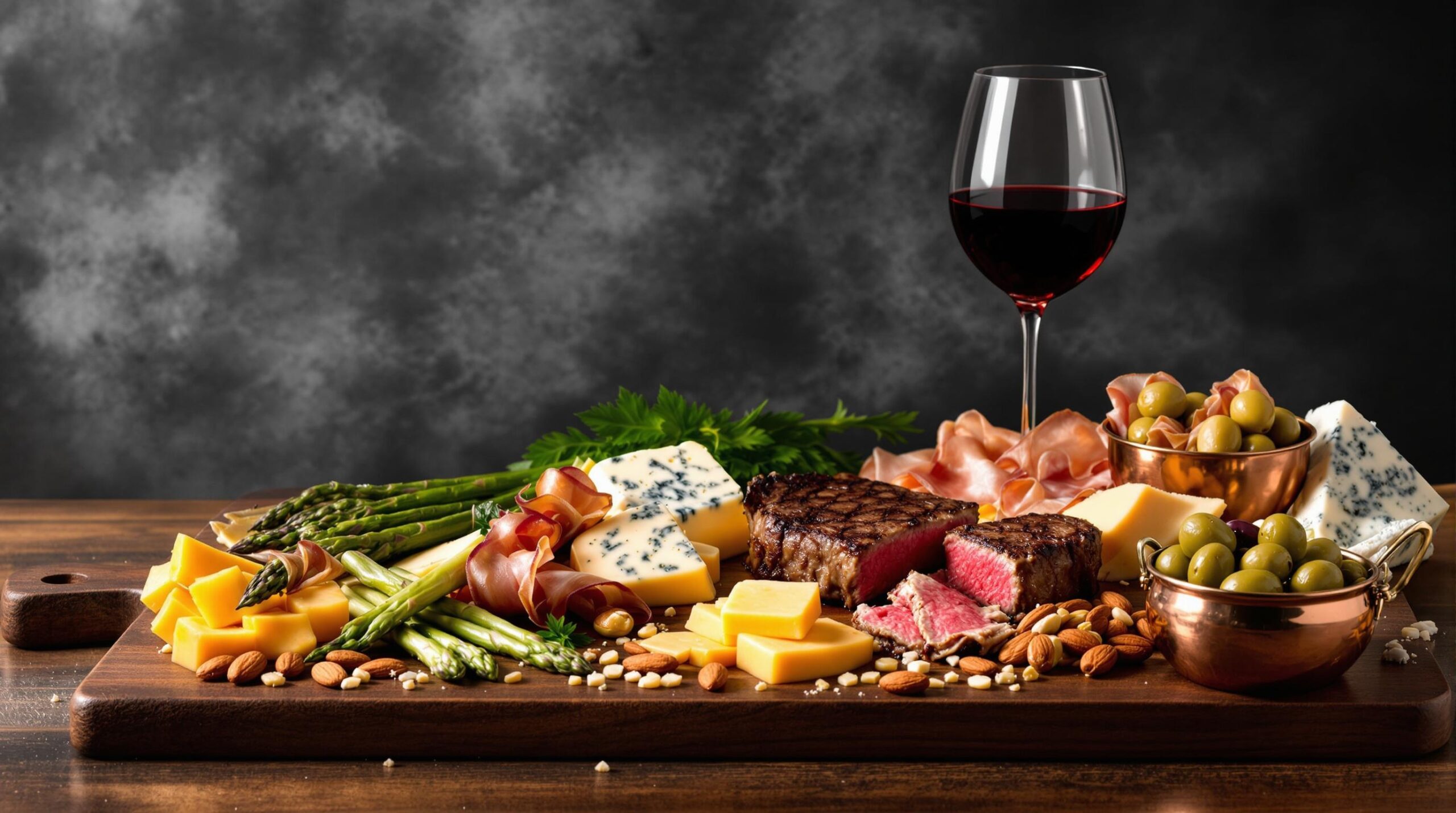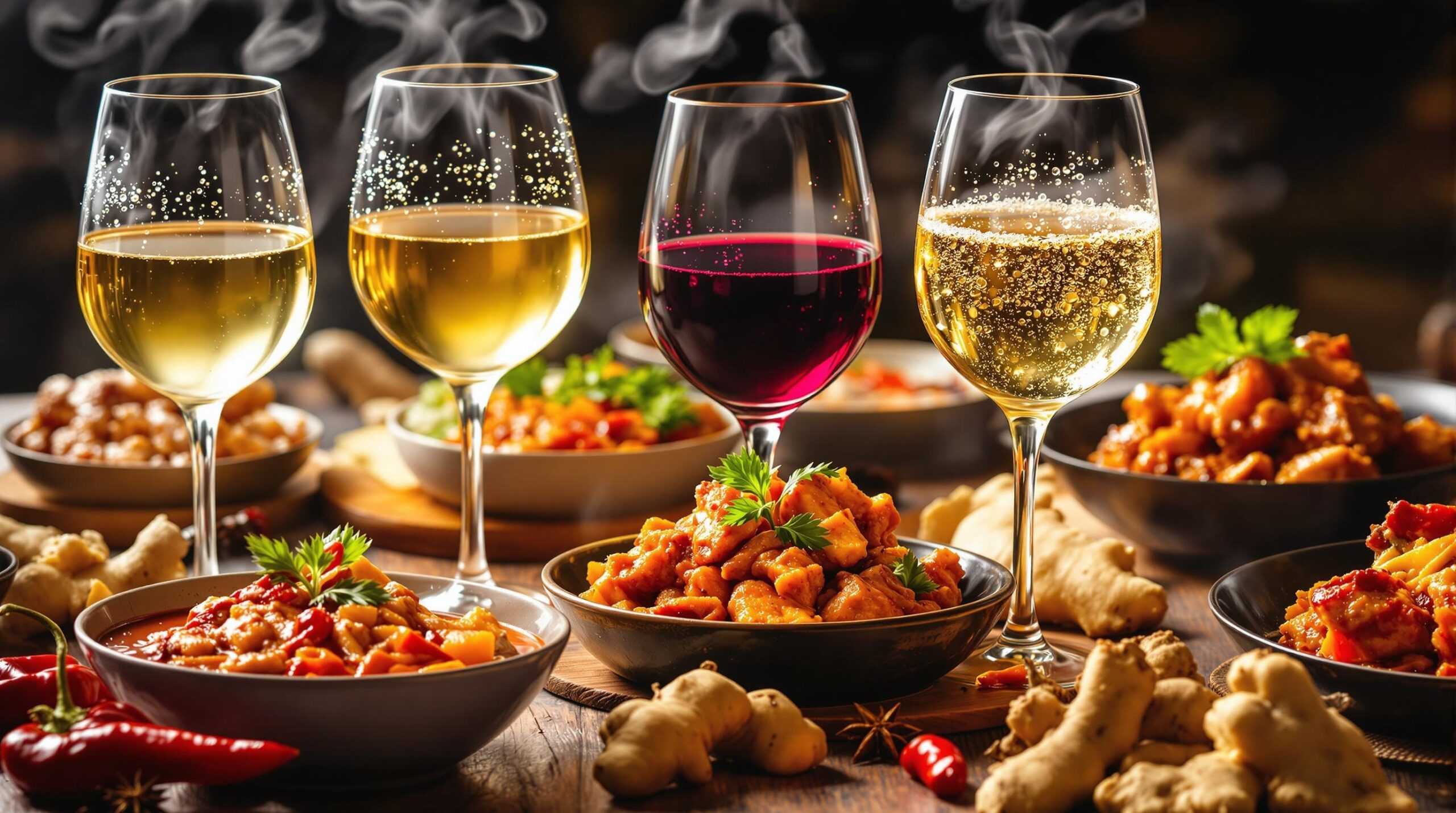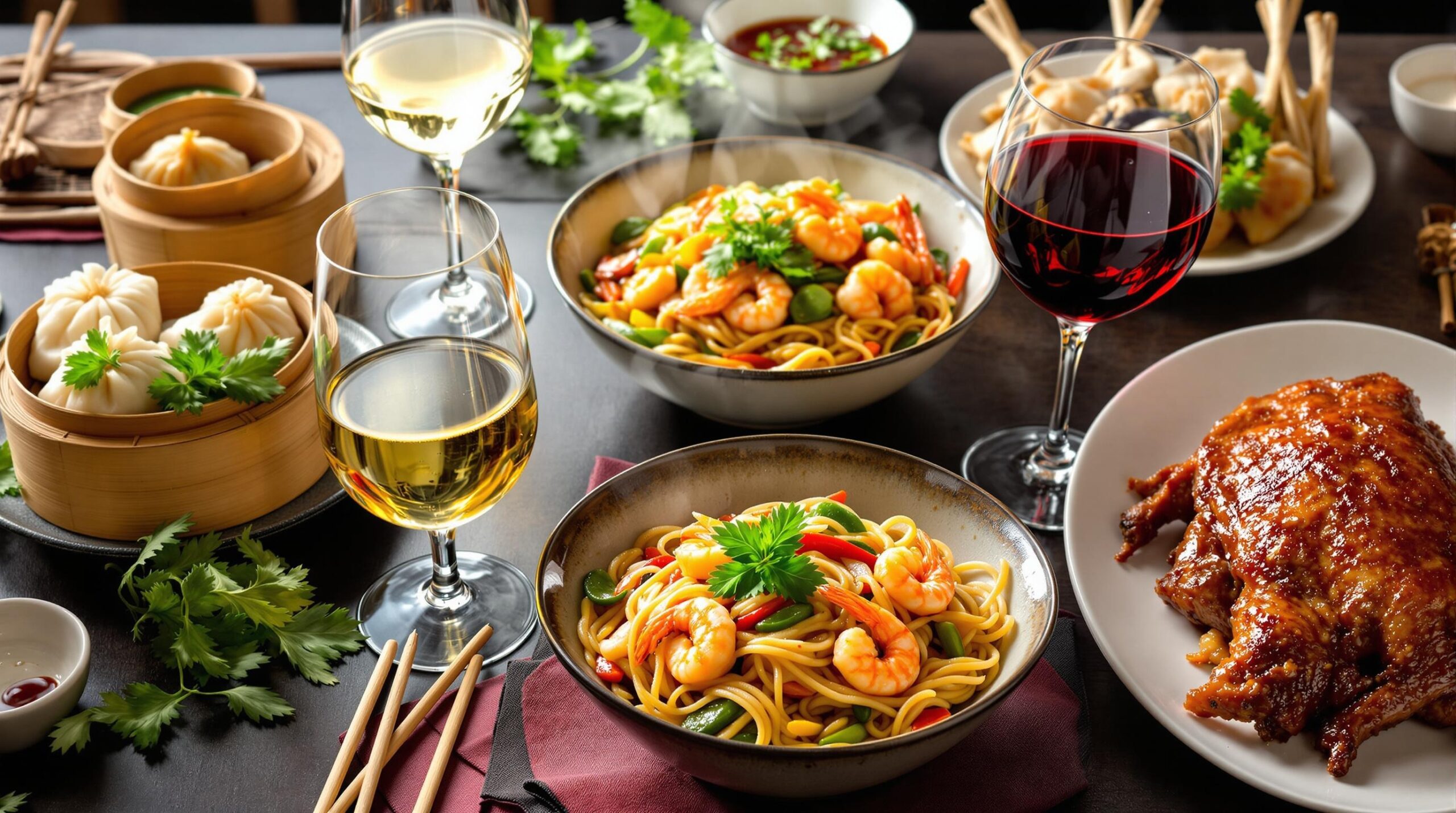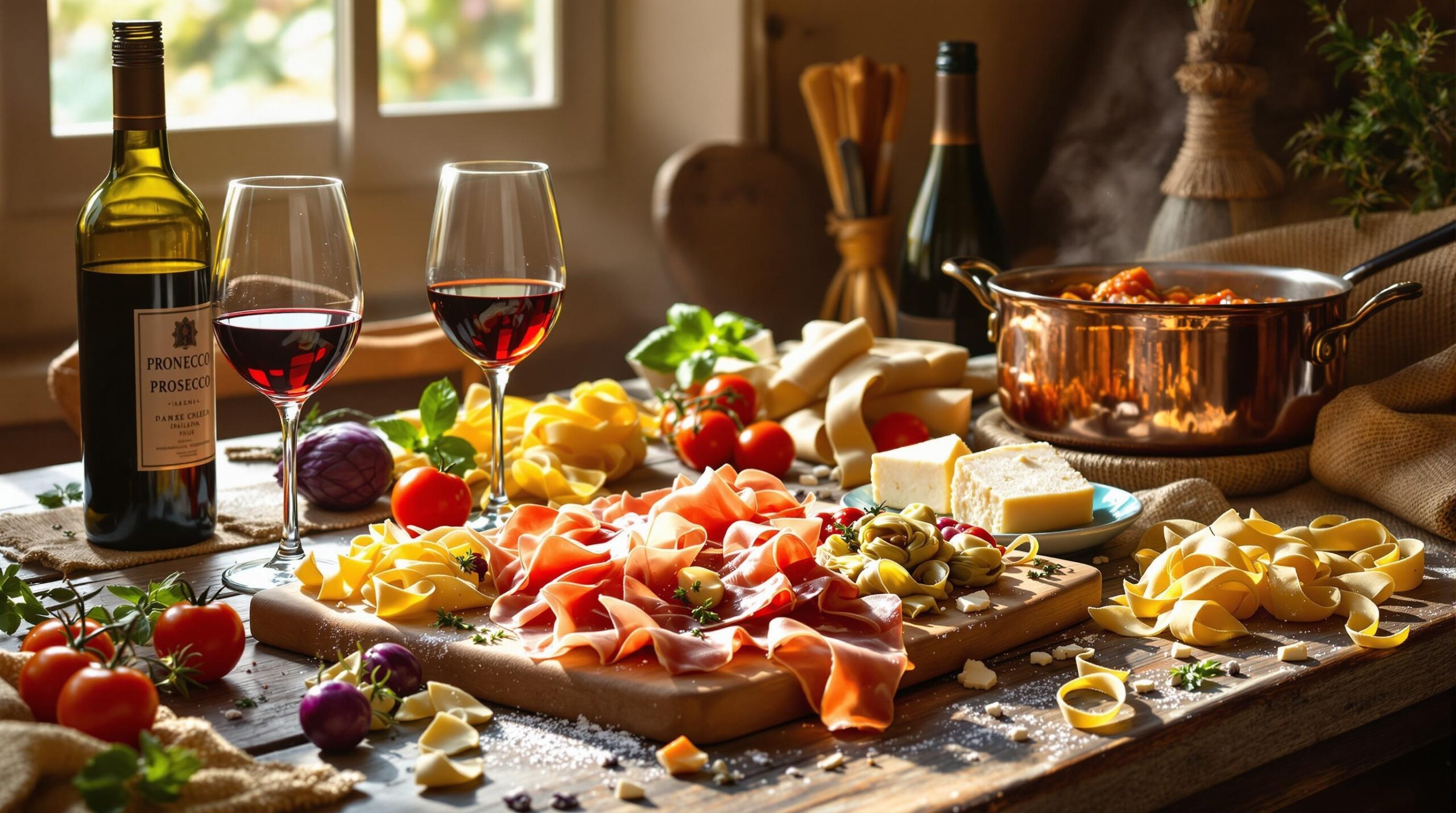Food and wine pairing transforms everyday meals into memorable dining experiences. Mastering basic pairing principles helps home cooks create restaurant-quality combinations without complex rules or expensive bottles.
Building Your Pairing Foundation
Understanding basic taste components makes wine pairing accessible for any home cook. Start by identifying the dominant flavors in your dish – whether it’s salty, acidic, sweet, or umami. These core tastes create a framework for selecting wines that either complement or contrast your food.
Key Taste Components to Consider:
– Acidity: Found in citrus, tomatoes, vinegar-based sauces
– Saltiness: Present in cured meats, cheeses, seafood
– Sweetness: Desserts, caramelized vegetables, fruit-based sauces
– Umami: Mushrooms, aged cheeses, soy sauce, grilled meats
Regional Pairing Success
Following the “what grows together, goes together” principle often leads to excellent pairings. Italian dishes naturally pair well with Italian wines, while Spanish tapas shine alongside Spanish varietals. This approach provides a reliable starting point for exploring food and wine combinations.
Classic Regional Pairings:
– Chianti + Tomato-based pasta dishes
– Sauvignon Blanc + Goat cheese
– Cava + Spanish tapas
– Riesling + Asian cuisine
Texture and Weight Matching
Match the body of your wine to the weight of your food. Light dishes pair best with lighter wines, while rich foods need fuller-bodied wines to maintain balance.
| Food Weight | Wine Match |
|---|---|
| Light (salads, seafood) | Pinot Grigio, Provence Rosé |
| Medium (chicken, pasta) | Chardonnay, Pinot Noir |
| Heavy (steak, stews) | Cabernet Sauvignon, Syrah |
Wine Selection Budget Tips
Great wine pairings don’t require expensive bottles. Focus on value regions and lesser-known varietals to discover excellent wines at reasonable prices. Many Spanish, Portuguese, and South American wines offer outstanding quality-to-price ratios.
Budget-Friendly Wine Regions:
– Portuguese Vinho Verde (white)
– Chilean Carmenere (red)
– South African Chenin Blanc (white)
– Argentine Malbec (red)
Temperature and Serving Guidelines
Proper serving temperature significantly impacts wine enjoyment. Most red wines show best slightly below room temperature, while white wines need proper chilling. Light reds can benefit from 15-20 minutes in the refrigerator before serving.
| Wine Type | Ideal Temperature |
|---|---|
| Light whites, sparkling | 45-50°F (7-10°C) |
| Full-bodied whites | 50-55°F (10-13°C) |
| Light reds | 55-60°F (13-16°C) |
| Full-bodied reds | 60-65°F (16-18°C) |
Common Pairing Challenges
Certain foods present unique pairing challenges due to their intense flavors or complex profiles. Understanding how to handle difficult-to-pair ingredients helps create successful matches for challenging dishes.
Solutions for Tricky Foods:
– Asparagus: Gruner Veltliner, Sauvignon Blanc
– Artichokes: Dry Vermentino, Chablis
– Spicy dishes: Off-dry Riesling, Gewurztraminer
– Chocolate desserts: Ruby Port, Banyuls
Building Your Pairing Confidence
Start with tried-and-tested combinations and gradually experiment with your own pairings. Keep notes on successful matches and learn from less successful ones. Remember that personal preference plays a significant role in pairing enjoyment.
Starting Steps:
– Begin with classic regional pairings
– Experiment with one new pairing weekly
– Trust your palate and preferences
– Share discoveries with friends and family
Food and Wine Pairing FAQs: A Quick Guide
Common Questions About Food and Wine Matches
Q1: What’s the basic rule for pairing red wine with meat and white wine with fish?
While this traditional rule works as a starting point, many exceptions exist. Light reds like Pinot Noir pair well with fatty fish like salmon, while full-bodied whites complement chicken dishes.
Q2: How do I pair wine with spicy food?
Choose wines with lower alcohol content and some sweetness. Off-dry Riesling or Gewürztraminer work well with spicy Asian dishes, as they help cool the heat while complementing the flavors.
Q3: What wine goes best with cheese?
Match the intensity of both. Soft cheeses pair well with crisp whites like Sauvignon Blanc, while aged hard cheeses match perfectly with full-bodied reds like Cabernet Sauvignon.
Q4: How do I pair desserts with wine?
The wine should be sweeter than the dessert. Port pairs beautifully with chocolate, while Moscato complements fruit-based desserts.
Q5: Can I serve red wine with fish?
Yes! Light-bodied reds like Pinot Noir or Beaujolais work well with meatier fish like tuna or salmon. The key is matching the wine’s weight with the fish’s richness.
Quick Pairing Tips
- Match intensity levels – Light dishes with light wines, bold dishes with full-bodied wines
- Consider cooking method – Grilled foods pair well with bolder wines, while poached dishes match lighter wines
- Regional pairing – Wines often pair naturally with foods from the same region
Common Pairing Mistakes to Avoid
Q6: What’s the biggest mistake in food and wine pairing?
Focusing too much on the main protein and ignoring the sauce or preparation method. A chicken dish with cream sauce pairs differently than grilled chicken with herbs.
Q7: Should I always serve expensive wines with fine food?
No. Focus on complementary flavors rather than price points. Many affordable wines pair beautifully with high-end dishes.
Q8: What if I don’t like the recommended wine pairing?
Personal preference trumps traditional rules. Use recommended pairings as guidelines, not strict rules.
Q9: How do I pair wine with vegetarian dishes?
Focus on the dominant flavors and cooking methods. Grilled vegetables pair well with light reds, while cream-based vegetarian dishes match with full-bodied whites.
Q10: What’s the best temperature to serve wine for optimal pairing?
Serve red wines at 60-65°F (15-18°C) and white wines at 45-50°F (7-10°C). Proper temperature enhances both the wine and food experience.
Basic Pairing Chart
| Food Type | Recommended Wine |
|---|---|
| Grilled Red Meat | Cabernet Sauvignon, Malbec |
| Seafood | Sauvignon Blanc, Pinot Grigio |
| Spicy Asian | Riesling, Gewürztraminer |
| Pasta with Tomato Sauce | Chianti, Sangiovese |

